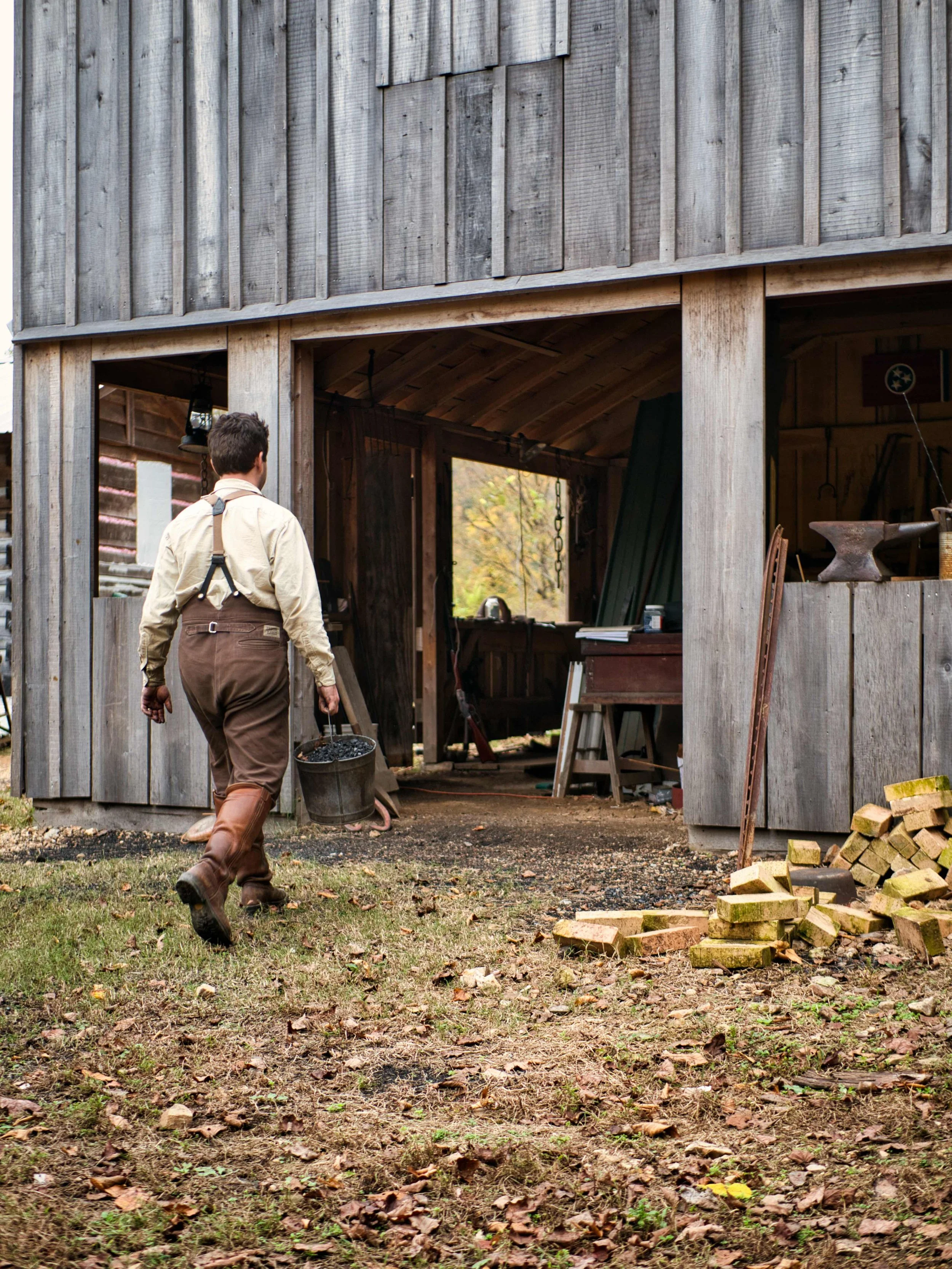About Axe & Anvil
Traditional Ironwork with timeless beauty, reliable function, and classic style
Axe & Anvil is the developing dream of Jordan & Atlanta Goodwin- born of a mutual love for history, art, craftsmanship, old-fashioned homesteading, and a God-honoring family & community life. Our motivation comes from biblical injunctions to be good stewards of the time, resources, and relationships that we have been given- joyfully finding purpose in building things that last, creating opportunities through business, making a positive difference in our generation, and leaving a legacy that may change others’ perceptions of work & craftsmanship and will impact generations to come. This vision and dream is big- and right now, still in it’s infancy. We have a long way to go in building our homestead & house, not to mention business, shop & teaching spaces, etc...
While our vision for the future of Axe & Anvil Hand Works includes the possibility of branching out into other crafts, our focus for now is on blacksmithing. We produce both reproduction and contemporary ironwork using very traditional blacksmithing methods and tools- with little help from modern power equipment. The choice to keep things simple and old-school isn’t always easy- but the results are very fulfilling in many ways, and we do hope to contribute to the preservation of now-rare historical skills and methods. Limiting ourselves to technology that has been used for centuries to produce functional and beautiful ironwork actually results in great freedom in the craft- forcing us to develop higher levels of personal skill that result in extraordinary quality, character, authenticity, and style in the work. We are always learning, and while some tasks are a constant challenge, it has also been a pleasant surprise to discover the levels of speed and efficiency by hand & eye that can be obtained with enough practice.
We use traditional forges that combine coal and forced air to produce an extremely hot fire that superheats the metal to a soft, workable condition. Most shaping of the metal is done on the anvil with various hand hammers, sledge hammers, and handled forming tools that are placed on the work and struck with a hammer. A lot of time is also spent at the bench and vise, filing, fitting, and cold-hammering to achieve a quality fit & finish.


